The Ultimate Guide to Authentic Mexican Mole Sauce: Spices, Secrets, and a Recipe Worth Framing!
If you've ever tasted Mexican mole sauce, you know it's more than just food—it's a celebration of culture, tradition, and flavor in every bite. Known for its rich, complex taste that balances sweet, spicy, savory, and smoky elements, mole is the soul of Mexican cuisine.
In this guide, we'll explore the history behind mole, break down the spices that make it special, and walk through an authentic Mexican mole sauce recipe that will elevate your cooking game. Along the way, you'll get practical tips, spice comparisons, and even a handy buying guide for ingredients that can transform your kitchen into a little corner of Oaxaca.
Table of Contents
- A Taste of History: The Origins of Mole
- Spice Profiles in Mole Sauce
- Authentic Mexican Mole Sauce Recipe
- Buying Guide: Where to Find the Best Ingredients
- Frequently Asked Questions About Mole Sauce
- Final Thoughts: Embrace the Spice, Master the Sauce
A Taste of History: The Origins of Mole
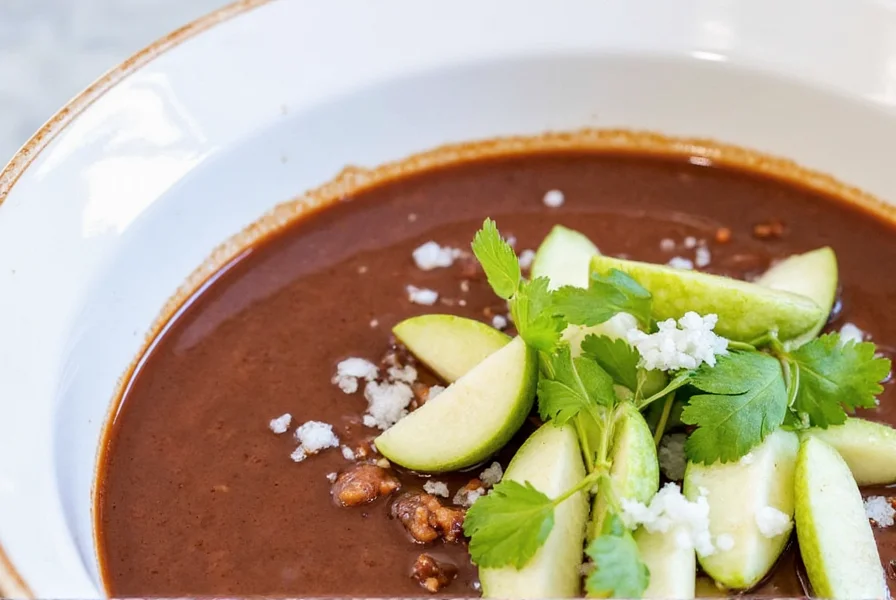
Mole (pronounced MOH-lay) comes from the Nahuatl word molli, meaning “sauce” or “concoction.” While there are dozens of regional variations across Mexico, mole poblano and mole negro are among the most revered. Originally prepared by indigenous peoples, mole evolved with Spanish colonization, incorporating Old World ingredients like almonds, cinnamon, and chocolate.
Today, mole remains a centerpiece at celebrations—especially weddings, Día de los Muertos, and Christmas dinners. It’s often served over turkey or chicken and accompanied by rice and warm tortillas. But what makes mole so unique?
- Layered Flavors: Mole is known for its depth—each ingredient plays a role in building complexity.
- Cultural Significance: It reflects the blending of indigenous and colonial influences in Mexican culinary traditions.
- Regional Variations: From green mole (mole verde) to yellow mole (mole amarillo), each state has its own twist.
Spice Profiles in Mole Sauce
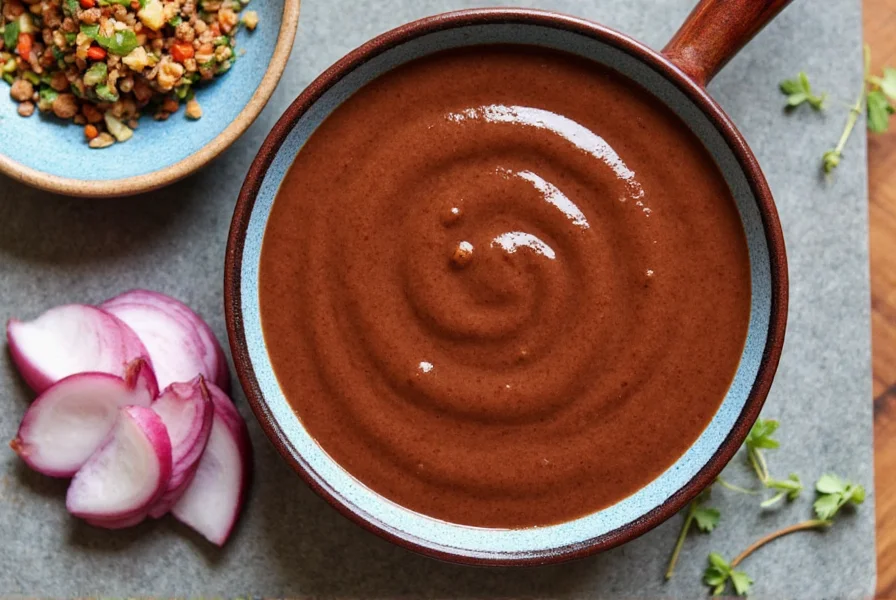
At the heart of mole sauce is a carefully curated mix of spices and chiles. Let’s take a closer look at the key players that give mole its signature warmth, heat, and aroma.
Chiles: The Foundation of Flavor
Most traditional moles use a blend of dried chiles to build the base. Here's how they stack up:
| Chile | Flavor Profile | Heat Level (SHU) |
|---|---|---|
| Ancho | Sweet, fruity, raisin-like | 1,000–2,000 |
| Pasilla | Earthy, smoky, dark berry notes | 1,000–2,500 |
| Guajillo | Bright, tangy, berry undertones | 2,500–5,000 |
| Chipotle | Smoky, spicy, earthy (dried smoked jalapeño) | 5,000–10,000 |
Spices That Make Mole Pop
Mole wouldn’t be mole without the following spices, which bring warmth and balance:
- Cinnamon: Adds a comforting, woody sweetness.
- Black Pepper: Provides subtle heat and enhances other flavors.
- Allspice: Brings clove-like, peppery notes that deepen the sauce.
- Cumin: Offers earthiness and helps tie everything together.
- Oregano: Usually Mexican oregano, which is spicier and more floral than Mediterranean versions.
- Cloves: A tiny pinch adds a rich, almost licorice-like warmth.
Chocolate: The Secret Sweetness
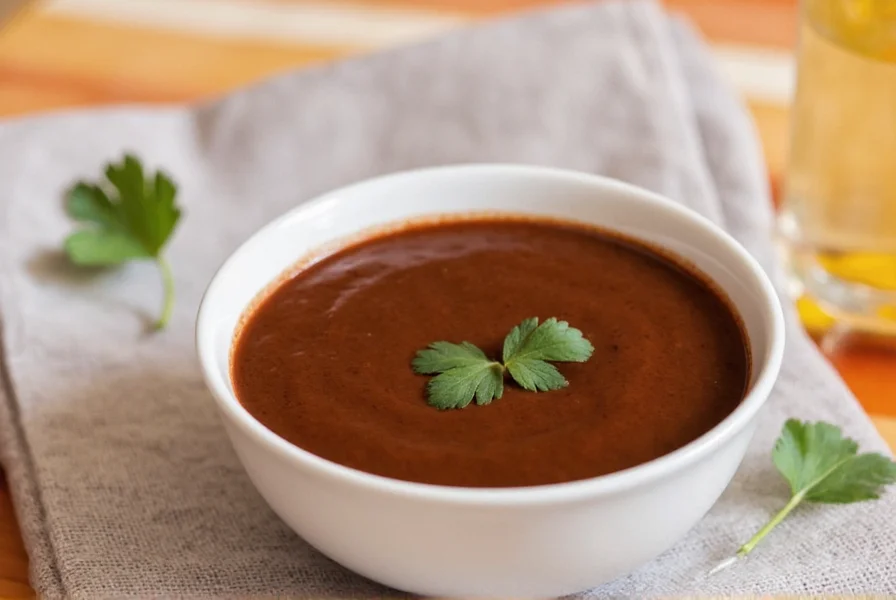
No, you’re not dreaming—chocolate is a classic ingredient in many mole recipes, especially mole poblano and mole negro. Use unsweetened or bittersweet chocolate for the best results. It smooths out the heat from the chiles and deepens the overall richness without making the sauce taste sweet.
Authentic Mexican Mole Sauce Recipe
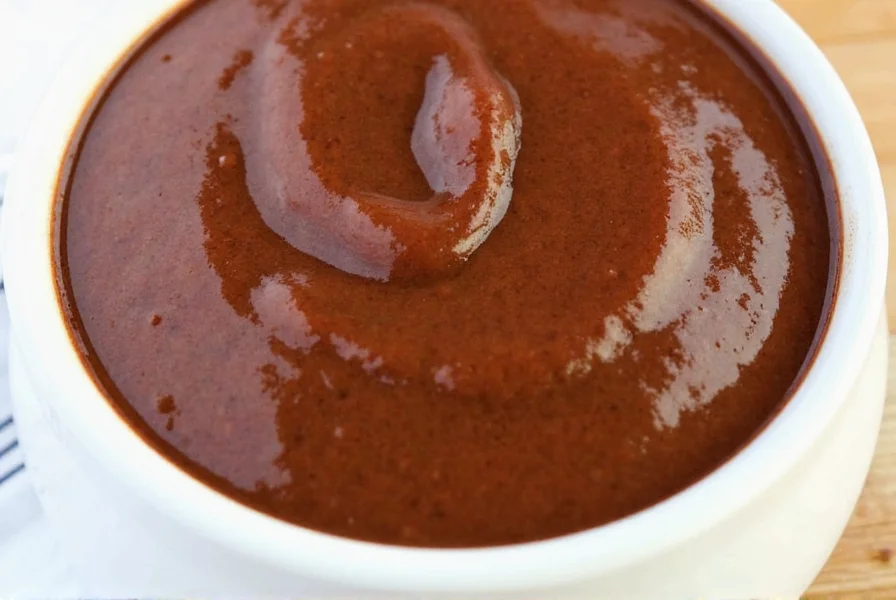
This authentic mole sauce recipe serves 6–8 and pairs beautifully with chicken, turkey, or enchiladas. It requires time and attention, but the result is unforgettable. Don’t rush it—this is a dish where patience pays off.
Ingredients
- 4 ancho chiles
- 2 pasilla chiles
- 2 guajillo chiles
- 2 chipotle chiles in adobo (adjust to taste)
- 2 tbsp vegetable oil
- 1 small onion, chopped
- 4 garlic cloves, minced
- 2 Roma tomatoes, chopped
- 2 cups chicken broth
- 1 corn tortilla (for color)
- 2 oz unsweetened chocolate
- 1 tsp ground cinnamon
- ½ tsp ground allspice
- ¼ tsp ground cloves
- ¼ tsp ground cumin
- ½ tsp dried Mexican oregano
- Salt to taste
- 1 tbsp sesame seeds (optional)
- 1 tbsp raisins (optional)
- 1 tbsp almonds (optional)
Instructions
- Toast the Chiles: Heat a dry skillet over medium heat. Toast the chiles one by one until fragrant, about 20 seconds per side. Remove stems and seeds if you prefer less heat.
- Soak the Chiles: Place toasted chiles in a bowl and cover with boiling water. Let soak for 20 minutes to soften.
- Sauté Aromatics: In a large pot, heat oil and sauté onion, garlic, and tomatoes until softened (about 5–7 minutes).
- Toast Tortilla: Lightly toast the tortilla in the same pot until golden brown.
- Add Broth and Blend: Add soaked chiles (drained) and the tortilla to a blender. Pour in some broth and blend until smooth. Strain the mixture back into the pot.
- Cook the Sauce: Add remaining ingredients except chocolate. Simmer on low heat for 30–45 minutes, stirring frequently.
- Incorporate Chocolate: Stir in melted chocolate during the last 10 minutes of cooking.
- Taste and Adjust: Season with salt and adjust spices as needed. Mole tastes even better the next day!
Pro Tips
- Use a high-quality blender to ensure a silky texture.
- Don’t skip straining—the smoother the sauce, the more refined the mouthfeel.
- Make ahead: Mole freezes beautifully for up to 3 months.
- To thin the sauce, add more broth; to thicken, cook longer.
Buying Guide: Where to Find the Best Ingredients
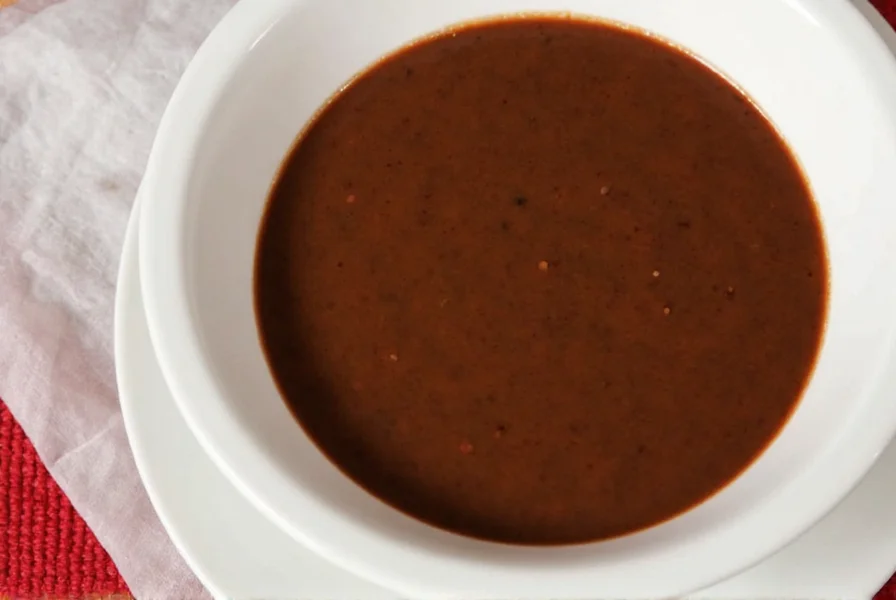
When recreating authentic mole, using quality ingredients matters. Here's a breakdown of what to look for when sourcing your mole components.
Dried Chiles
Freshness is key! Look for chiles that are pliable and vibrant in color.
- Where to Buy: Specialty Latin markets, online retailers like La Tienda or Amazon, or well-stocked supermarkets.
- Top Picks: Goya Ancho Chiles, Hatch Naturals Pasilla Chile, Guajillo Chile Pack from Mercadito Foods.
Spices
Freshly ground spices make a world of difference. Consider grinding whole spices yourself for maximum flavor.
- Where to Buy: Penzey’s, Whole Foods, or specialty spice shops.
- Top Picks: Mexican Oregano from Frontier Co-op, Whole Cloves from Simply Organic, Cinnamon Sticks from King Arthur Baking.
Chocolate
Stick to unsweetened or dark chocolate (70% cocoa or higher).
- Where to Buy: Grocery stores, gourmet food shops, or Mexican bakeries.
- Top Picks: Abuelita Unsweetened Cocoa Tablets, Callebaut Dark Chocolate, Ibarra Chocolate Tablets.
Nuts & Seeds (Optional Add-ins)
Almonds and sesame seeds add body and texture to mole.
- Where to Buy: Bulk bins at grocery stores or online nut retailers.
- Top Picks: Kirkland Raw Almonds, Eden Organic Sesame Seeds, Sincerely Nuts Mixed Nuts.
Ready-to-Use Mole Pastes (For Quick Results)
While homemade is best, sometimes you need a shortcut. Try these ready-made pastes:
- Mole Negro Paste – La Costeña: Rich, smoky, and deeply flavored.
- Mole Poblano – Goya: Perfect for beginners and quick meals.
- Organic Mole Paste – Santa Cruz: Natural ingredients, great for tacos and enchiladas.
Frequently Asked Questions About Mole Sauce
Can I make mole sauce vegetarian?
Absolutely! Substitute chicken broth with vegetable broth and ensure the chocolate used doesn't contain dairy if keeping it vegan.
How long does mole sauce last in the fridge?
Stored in an airtight container, mole lasts up to 5 days in the fridge and up to 3 months in the freezer.
What meat goes best with mole?
Traditionally served with turkey or chicken, but it also complements pork, beef, or even tofu for a plant-based version.
Why is my mole sauce bitter?
Bitterness usually comes from over-toasting chiles or burnt tortilla. To fix it, add a touch of honey or sugar to balance the flavor.
Is mole sauce spicy?
It can be, depending on the amount of chiles used. Most traditional mole sauces are more flavorful than hot, with mild to moderate heat levels.
Final Thoughts: Embrace the Spice, Master the Sauce
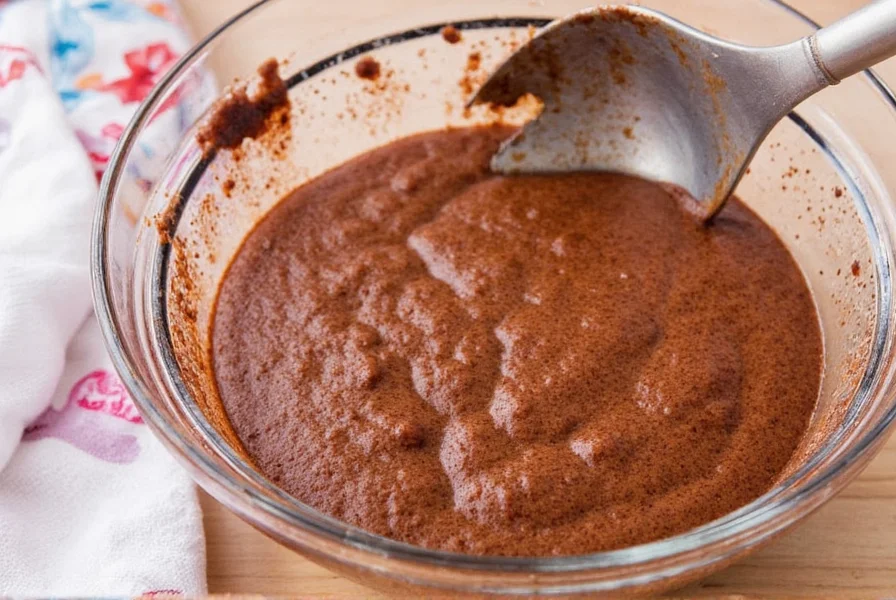
Cooking an authentic Mexican mole sauce isn’t just about the end product—it’s about honoring a centuries-old culinary tradition. Whether you're celebrating a holiday, impressing guests, or simply indulging in something truly special, mole sauce deserves a place in every spice lover’s repertoire.
From selecting the perfect blend of chiles and spices to mastering the simmering technique, every step contributes to a final masterpiece that tells a story through flavor. So grab your apron, gather your ingredients, and dive into the world of mole—you might just find your new favorite comfort food.
Remember, mole isn’t a dish you rush—it’s one you savor. ¡Buen provecho!

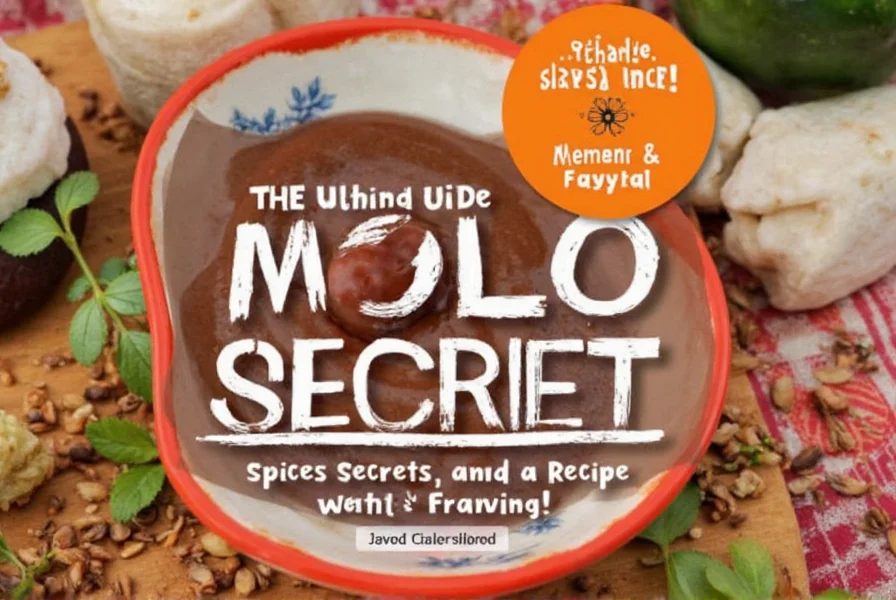









 浙公网安备
33010002000092号
浙公网安备
33010002000092号 浙B2-20120091-4
浙B2-20120091-4